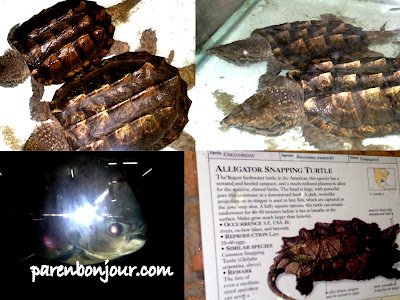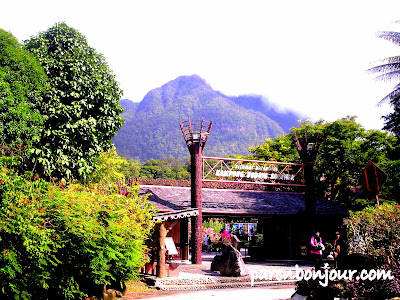The Katibas Expedition refers to a historical event that took place in the 19th century in the region of Sarawak, Borneo. The expedition was led by James Brooke, who was appointed as the first Rajah of Sarawak in 1841. The purpose of the expedition was to expand the territory of Sarawak and establish control over the region of Katibas, which was inhabited by indigenous Dayak people.
The expedition was met with resistance from the Dayak people, who were wary of the arrival of the foreigners and their intentions.
However, after a series of battles and negotiations, the Dayak people agreed to recognize Brooke as their ruler and the expedition was successful in establishing control over the region of Katibas.
The Katibas Expedition is significant in the history of Sarawak and the expansion of Brooke's rule, as it marked the beginning of the establishment of the Kingdom of Sarawak and laid the foundation for the expansion of Brooke's rule in the region. The event also had a lasting impact on the indigenous Dayak people, who were impacted by the arrival of foreign rule and the changes that followed.
Four Punitive Expeditions to Katibas By Brooke Dynasty
June 1863-The Great Kayan Expedition(Kayau Kayan 1863)
May 1869-First Katibas Expedition
1868- Balang’s execution without trial, by a court of justice in Sibu.
While Naga and his people lived at Batu Gong they were twice attacked by the Rajah’s force during the first and second Katibas expeditions against Enjop, the brother of Balang, in 1869 and 1870.
June 1870-Second Katibas Expedition
May 1870-a force of Kanowit Dayaks under their chief Lintong attempted to capture the fort at Sibu on the Rejang but was repulsed. A few months later the Rajah led an expedition up the Katibas River to punish the Lintong, who was captured and made to live for some years under supervision at Kuching.
July 1871-Third Katibas Expedition
But the Kanowit & Katibas Dyaks were not pacified, Another expedition in 1871 was sent against them. After their villages had been burnt many of them were moved to an area more easily controlled,further down the Rejang.
Oct 1876-Fourth Katibas Expedition.
May 1869-First Katibas Expedition
1868- Balang’s execution without trial, by a court of justice in Sibu.
While Naga and his people lived at Batu Gong they were twice attacked by the Rajah’s force during the first and second Katibas expeditions against Enjop, the brother of Balang, in 1869 and 1870.
June 1870-Second Katibas Expedition
May 1870-a force of Kanowit Dayaks under their chief Lintong attempted to capture the fort at Sibu on the Rejang but was repulsed. A few months later the Rajah led an expedition up the Katibas River to punish the Lintong, who was captured and made to live for some years under supervision at Kuching.
July 1871-Third Katibas Expedition
But the Kanowit & Katibas Dyaks were not pacified, Another expedition in 1871 was sent against them. After their villages had been burnt many of them were moved to an area more easily controlled,further down the Rejang.
Oct 1876-Fourth Katibas Expedition.


















































